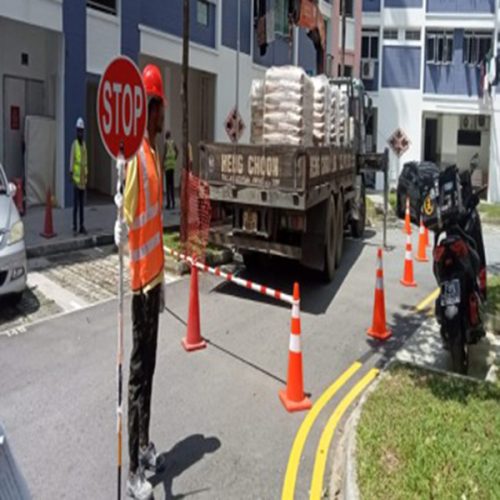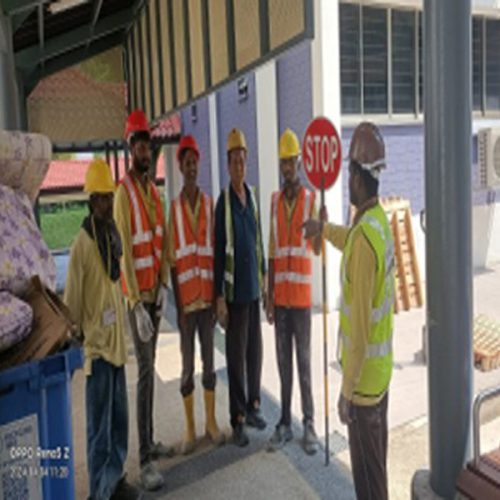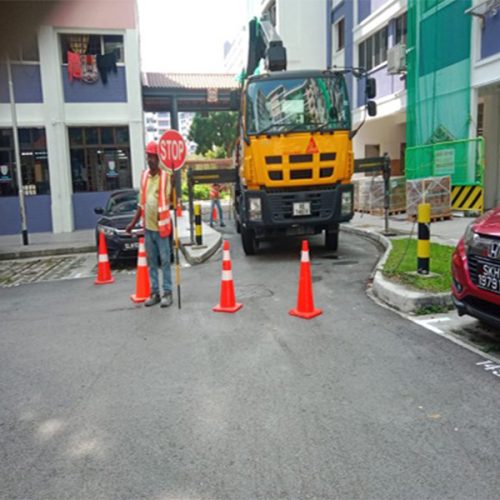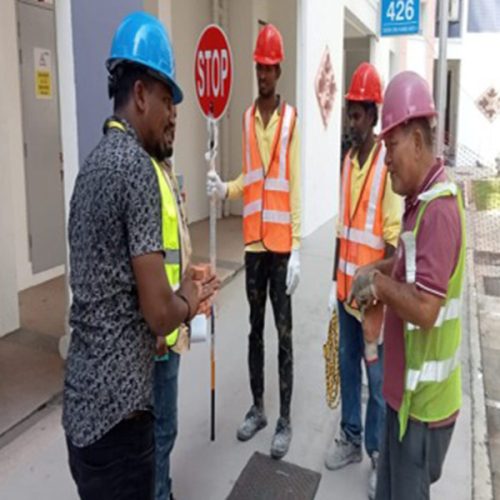TRAFFIC CONTROL WHILE LIFTING OPERATION




Key Responsibilities:
1. Planning & Risk Assessment
- Conduct a site survey to identify hazards and traffic flow.
- Develop a traffic management plan specifying routes, restricted areas, and access points.
- Identify potential blind spots, obstructions, and overhead hazards.
2. Designated Traffic Routes
- Establish separate paths for vehicles, cranes, and pedestrians.
- Use barriers, cones, and signage to demarcate exclusion zones.
- Designate one-way traffic flow where possible to minimize congestion.
3. Exclusion Zones
- Set up restricted zones around the lifting area to prevent unauthorized entry.
- Ensure only essential personnel are within the danger zone.
- Use banksmen (signalers) to guide vehicles and prevent unauthorized crossings.
4. Communication & Signage
- Implement clear signage (e.g., “No Entry,” “Caution: Lifting in Progress”).
- Use radios or hand signals for crane operators, riggers, and traffic marshals.
- Conduct pre-lift safety briefings for all workers involved.
5. Speed Limits & Parking Rules
- Enforce low-speed limits within the work area.
- Designate safe parking zones for equipment and delivery vehicles.
- Ensure vehicles do not block emergency exits or lifting paths.
6. Traffic Marshals & Banksmen
- Assign trained traffic marshals to control vehicle and pedestrian movement.
- Banksmen should be in high-visibility clothing and positioned strategically.
- Ensure banksmen have a clear line of sight and a backup communication system.
7. Emergency Preparedness
- Have an emergency evacuation plan in case of incidents.
- Ensure fire exits and emergency vehicle access remain clear.
- Keep first aid kits and fire extinguishers available at designated points


